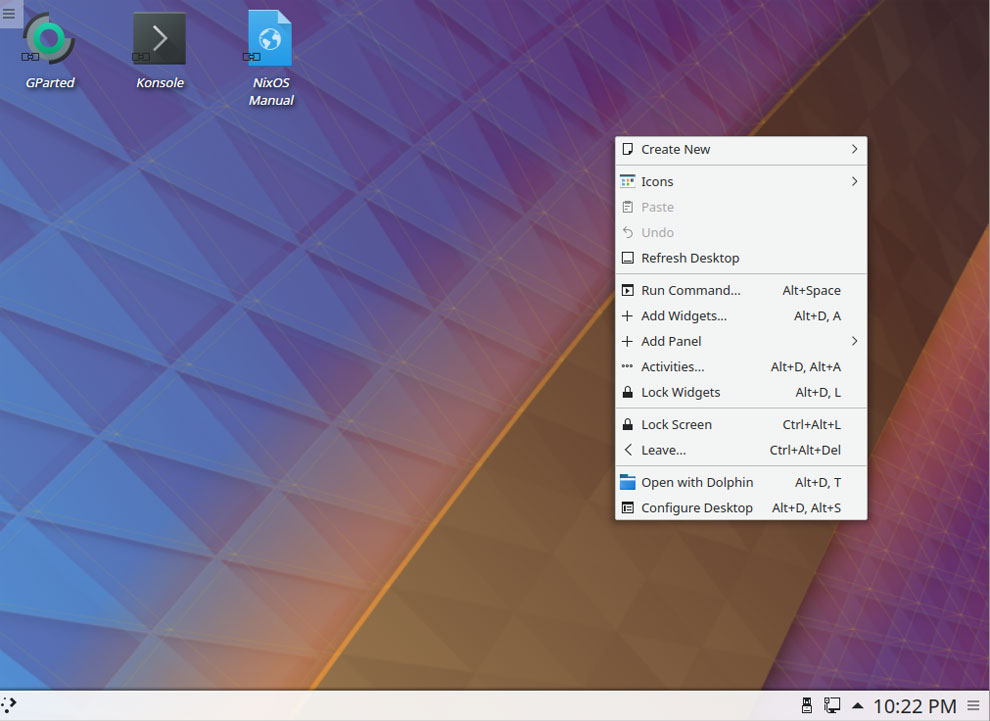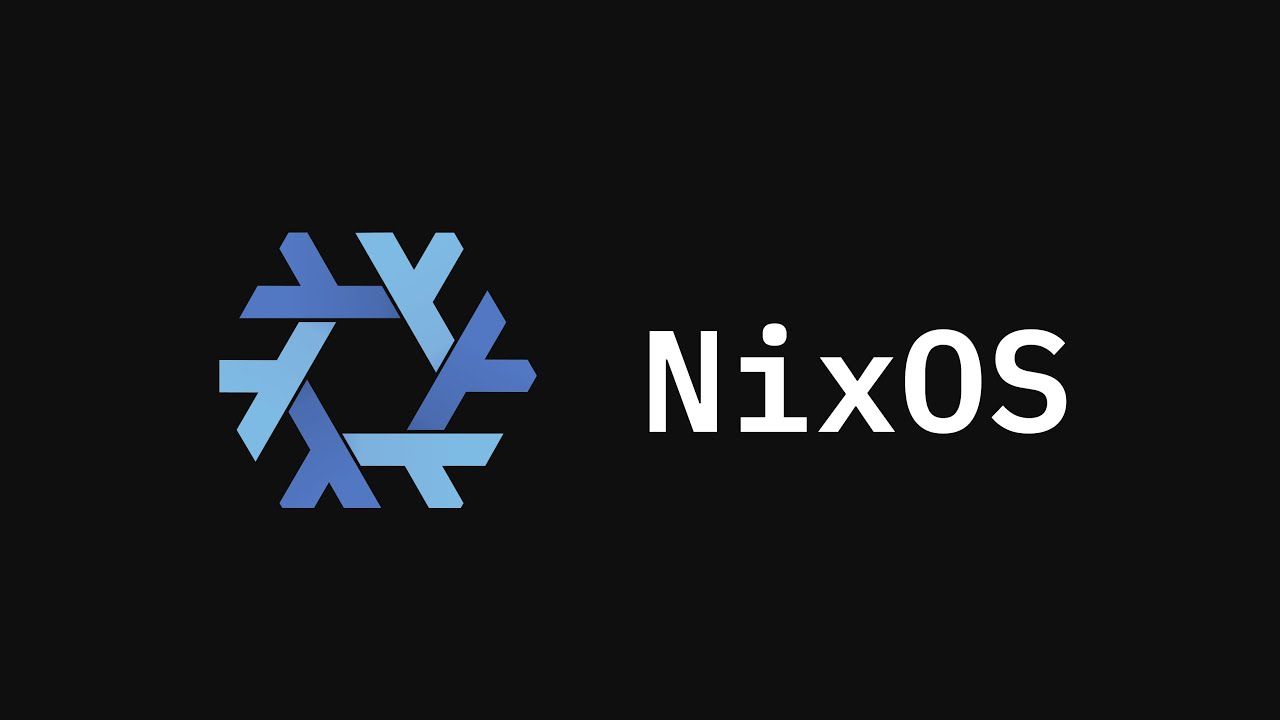Zorin OS 17.2: A Leap into Customization and Community Engagement
The latest iteration of Zorin OS, version 17.2, has made waves in the Linux community with its impressive customization capabilities and user-friendly interface. The appeal of Zorin OS has long been its beautiful desktop experience, making it a go-to for users transitioning from other operating systems or seeking a more personalized Linux experience.
 Zorin OS 17.2 offers extensive customization options to tailor your desktop experience.
Zorin OS 17.2 offers extensive customization options to tailor your desktop experience.
A Focus on Customization
Zorin’s developers have outdone themselves with version 17.2, adding a new layer of customization that empowers users to tailor their desktops to their preferences. The Pro version, though available for a modest price, comes with ten distinct layouts—offering a nostalgic nod to interfaces as varied as MacOS, Windows Classic, and ChromeOS among others. This functionality places Zorin OS in a unique position compared to its more mainstream counterparts like Ubuntu, which, while robust, may lack such diverse personalization tools.
Users now have the ability to customize their cursor and exercise improved control over app window behaviors—placing title bar buttons where they prefer and adjusting mouse interactions to their liking. Such features reflect a larger trend in the Linux community where ease of use and accessibility are paramount.
Enhanced Software and Hardware Support
Beyond aesthetic improvements, Zorin OS 17.2 touts significant updates in software capabilities. Included are the latest versions of popular applications like LibreOffice and Firefox, ensuring users have access to the tools they need right out of the box. Moreover, with support for the latest Linux kernel, hardware compatibility has been noticeably enhanced—including support for cutting-edge devices like Intel’s Core Ultra series processors and NVIDIA RTX graphics cards.
Security remains a top priority, with regular patches and updates ensuring a safe environment for productivity. For those who optimize their systems for gaming or heavy graphics work, Zorin’s dynamic support for devices already adds a compelling argument for migrating to this platform.
For New Users and Veterans Alike
Zorin OS has historically positioned itself as a Linux distribution friendly to newcomers. By layering additional customization options along with a base built on Ubuntu’s architecture, it becomes a prime candidate for users of all skill levels. Contributors to the open-source community will find that the system not only works out of the box but supports ongoing contributions and community enhancements.
The distinction between the free version and the Pro version is also clearly outlined, catered towards both casual users and professionals seeking more sophisticated tools—all for an upgrade fee of $47.99. This combination of fluid functionality and robust resources makes it particularly appealing to those weighing the merits of various distros.
Spotlight on Atlanta Art Week: A Community-Driven Initiative
Shifting focus from software to society, let’s turn our attention to the impactful cultural event taking place in Atlanta—Atlanta Art Week. Founded by Kendra Walker, this dynamic celebration has grown significantly since its inception, intending to uplift Atlanta’s art scene and highlight underrepresented talent.
 Kendra Walker’s vision turned into a palpable movement with Atlanta Art Week.
Kendra Walker’s vision turned into a palpable movement with Atlanta Art Week.
Kendra Walker launched this avant-garde initiative at just 26 years old with a mission to unify the diverse art ecosystem of Atlanta. With attendance steadily growing, her efforts have begun to not only attract local audiences but also draw international art lovers and collectors. Galvanizing support from important institutions including the High Museum of Art and notable sponsorships such as Bank of America, Walker has fostered an environment where art is accessible and celebrated.
Bridging Gaps in Accessibility
In her discussions about the event, Walker emphasized the importance of accessibility within the art world, focusing particularly on promoting black artists. By connecting galleries and artists with audiences and collectors alike, Walker champions a future where the barriers to entry are lowered and talent from every background is recognized. She is committed to providing opportunities that extend beyond mere appreciation, as she notes the strategic partnerships with educational institutions like Georgia Tech demonstrate.
This year, Atlanta Art Week has broadened its reach even further, drawing participation from prestigious organizations and shifting the narrative around the city’s artistic identity. Walker’s aspirations have been realized through her relentless efforts, and these developments hint at even more exciting futures for Atlanta’s art community.
Looking Ahead: Events to Anticipate
This year’s programming has an impressive lineup, featuring collaborations with institutions including the Smithsonian National Museum of African American History and Culture and artist presentations from remarkable names such as Ming Smith and Victor Ehikhamenor. As the art fair scene expands in Atlanta thanks to the success of Atlanta Art Week, it’s evident that the foundation Walker has created will continue to thrive and evolve.
The community is invited to witness these interactions firsthand, perhaps sparking new ideas for future projects and collaborations within the world of contemporary art. As Atlanta redefines its narrative within the national and global art landscape, Walker stands poised as a leading voice providing clear direction.
Conclusion
Both Zorin OS 17.2 and Atlanta Art Week represent reinvigorated perspectives within their respective fields—offering tools and experiences that inspire community engagement and enhance user experience. While one represents technological advancement with unparalleled customization, the other embodies the spirit of cultural inclusion and representation. Each sparks change through innovation and creativity, capturing the essence of their communities and users. It’s a rewarding time for both the Linux community and the Atlanta art scene, eager to embrace the opportunities that lie ahead.















